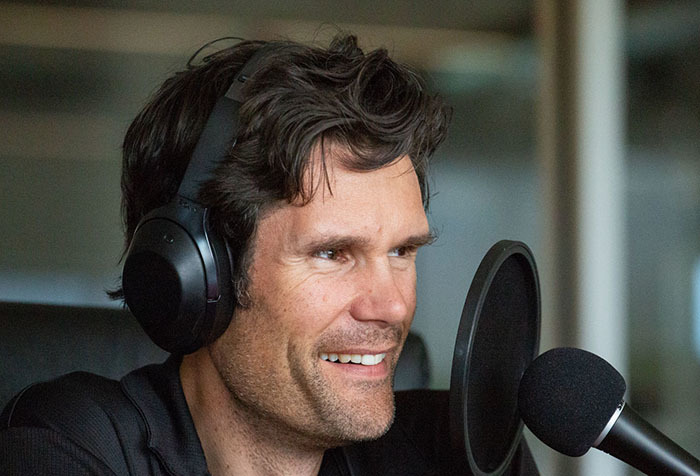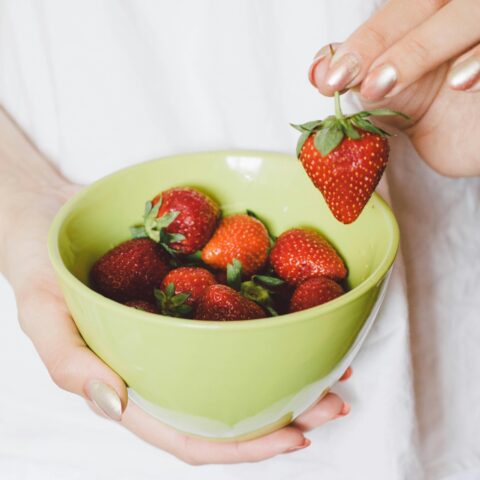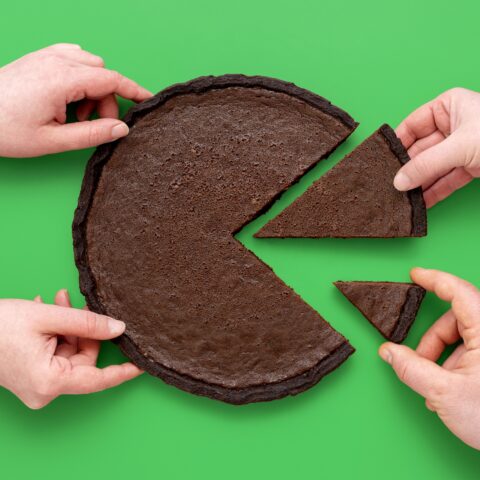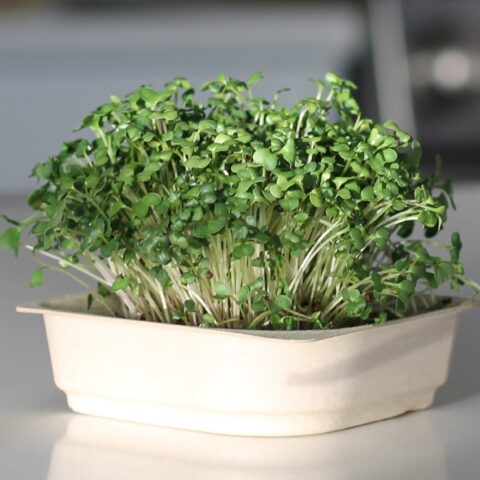The Best (and Worst) Foods for Digestive Health
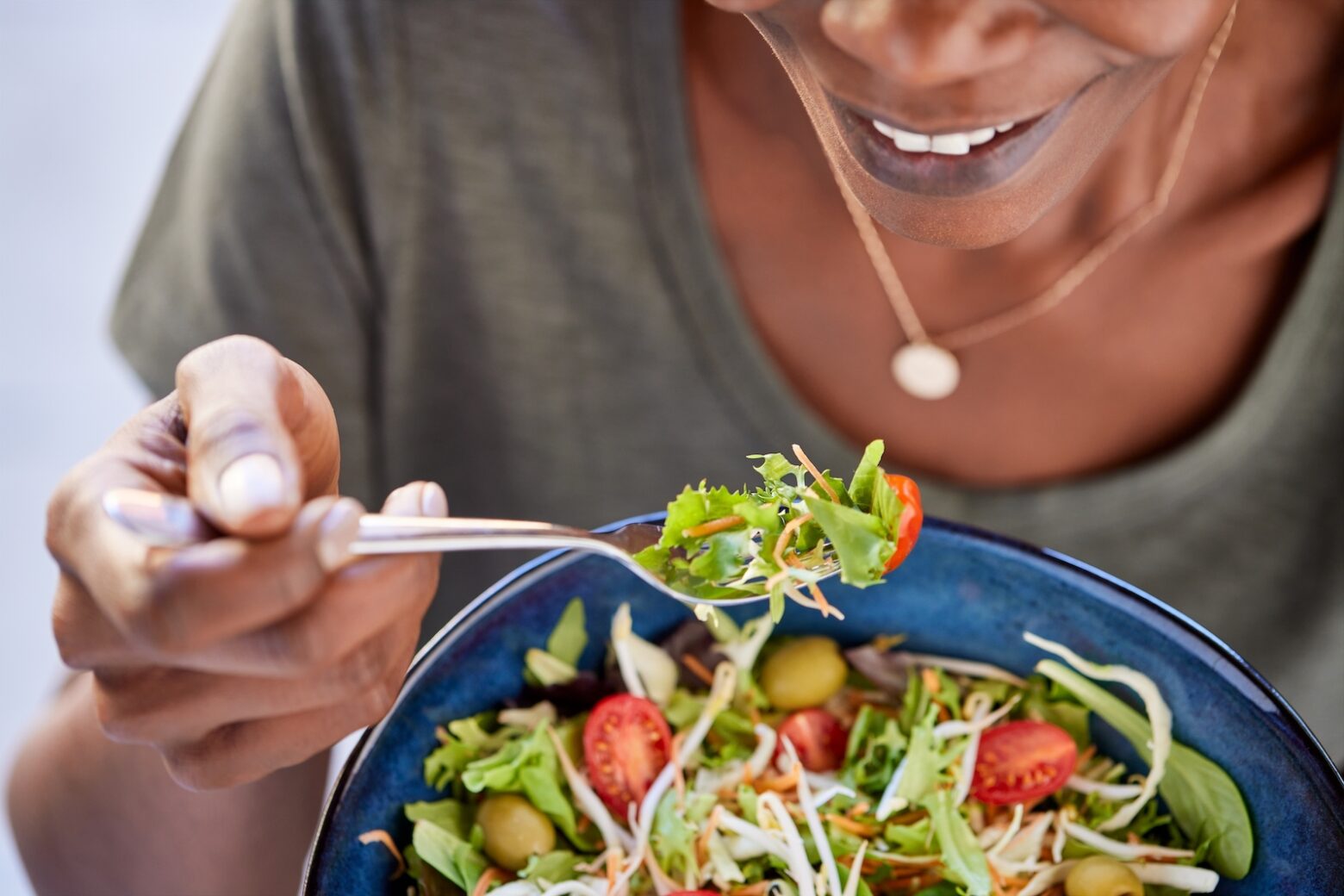
Our digestive tract is possibly our most critical interface between our bodies and the outside world. It’s where the body processes food and carefully selects the nutrients to absorb, while preventing bacteria, viruses, and harmful molecules from getting in.
Trillions of bacteria live in our digestive tract, making up what is called our microflora. Most are beneficial, aiding digestion. A healthy microflora is considered essential, as a rapidly growing body of research shows that the bacterial composition of our gut can affect all aspects of our health.
RELATED: Protein: Is It Bad for Your Gut?
But even when we have a healthy composition of bacteria in our digestive tracts, they are only beneficial as long as they stay in our guts. If they get past our digestive barrier and enter our systems, they become harmful.
As a result, the cells of our digestive tract have tight junctions between them that form a barrier to entry. The cells are also covered in a viscous coating called the glycocalyx. These two barriers allow the body to carefully control what gets in.
While this digestive barrier is effective, it is not perfect. As a result, most of the cells of our immune system live on the other side of our digestive barrier ready to protect us against anything that gets past the outer defenses.
When the Digestive Defenses Break Down
A breakdown in any of these defenses can lead to a host of digestive symptoms such as heartburn, IBS, and IBD—frequent signals that the system is in distress.
While these symptoms are annoying in the short run, if the underlying problem is left unchecked, long-term breakdown can lead to chronic inflammation, including an imbalance in a highly inflammatory immune cell called TH17 cells. It is believed that TH17 cells evolved to fight any bacteria that gets through the digestive barrier. TH17 cells are remarkably effective at fighting bacteria, but they can often damage our own bodies in the process.
Diet and Digestive Diseases
Not surprisingly, diet is one of the biggest factors in the health of our gut. The composition of our diet can profoundly change the composition of our microflora. And while pre- and probiotics will help, it is being shown that the microflora composition can change in a matter of hours. So, unless you want to constantly consume expensive probiotics, a healthy diet is a better way to control our microflora—in particular with fermented foods like sauerkraut, berries, and very dark chocolate.
A healthy diet can promote beneficial microflora and help protect the integrity of our gut barrier. Eating sufficient fiber and omega-3 fatty acids can also help keep the gut functioning properly and reduce inflammation. A natural Paleo Diet is high in both.
RELATED: How the Paleo Lifestyle Optimizes the Microbiome
Conversely, grains such as wheat, oats, and quinoa contain anti-nutrients like lectins and saponins that are designed to break down and get past our gut barrier. Once inside, many of these anti-nutrients promote an inflammatory response that, gone unchecked, can lead to a variety of inflammatory diseases. This is a major reason grains are not part of a Paleo Diet.
Trevor Connor, M.S.
Dr. Loren Cordain’s final graduate student, Trevor Connor, M.S., brings more than a decade of nutrition and physiology expertise to spearhead the new Paleo Diet team.
More About The Author